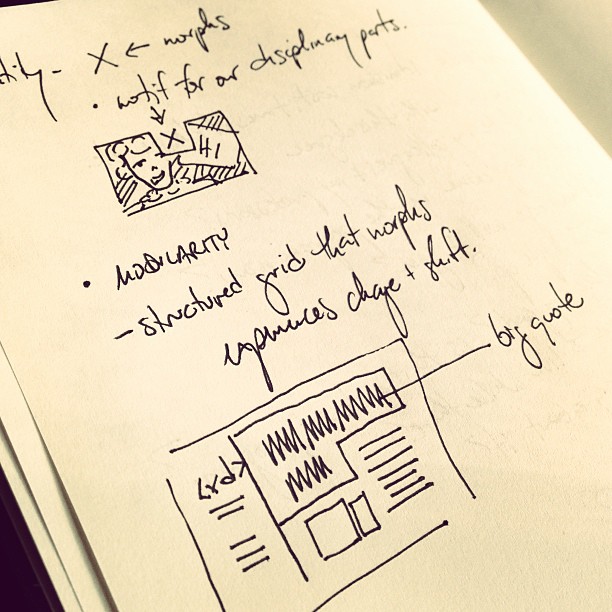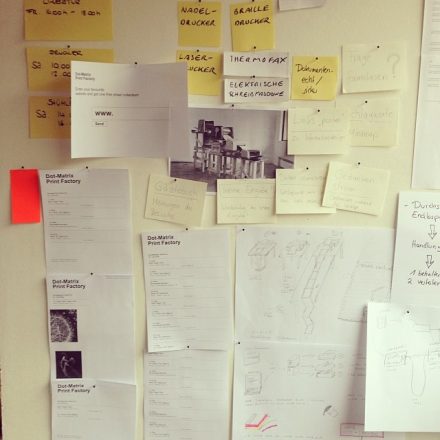Project vs. Product: A Look at Different Planning Strategies

A few words from Miami Design Alum Emily Drumm:
In addition to many other great experiences in my budding career as a web designer and developer, I’ve had the benefit of being exposed to a few different methods of planning work that are quite different from that of a traditional classroom setting. One method, best described as “Project development” is generally associated with client work while the other, “Product development”, lends itself well to internal company work. Having graduated so recently, these project-planning strategies are particularly interesting to me because I can easily compare and contrast them with the way I still clearly remember working through projects in school.
My intent is not to say that one of these methods is better than the other but to explain that in the design world and many other fields, there are lots of different ways of planning how tasks are accomplished. Each is best suited to a different kind of task, and students can benefit from understanding that there are a wide variety of ways—and combinations of ways—to get things done. People should use the process that works best for them, even if that means using bits and pieces of it.
PROJECT DEVELOPMENT
When it comes to project development, most aspects of work are not determined internally, but by the client. The deadline of a task is most often set by the client, and any changes that occur between the start and end date are based on the client’s changing needs. Often, clients don’t know exactly what they want at the beginning; it generally emerges through interactions over the course of the project. Because of this, project timelines are somewhat unpredictable and constantly evolving. Each project follows a drastically different trajectory than the one before it because every client has unique needs, wants, and expectations.
In my opinion, the project development process is very similar to the traditional classroom experience. Students are given project requirements and a deadline and it is up to them to plan their time accordingly. Once completed, another project is introduced with a brand new set of requirements and the cycle begins again.
PRODUCT DEVELOPMENT
On the other end of the spectrum, product development revolves around deadlines that are set internally. A specific method that my company uses for this type of development is called “Agile Software Development”. The basic principle of Agile is that through abbreviated work cycles called “sprints,” iterations of working software can be released more quickly and frequently. Using the Agile model, every aspect of development is re-evaluated at the beginning of each sprint which is an opportunity to uncover any problems that could delay progress.
Another huge benefit of Agile development is that frequent product releases create constant opportunities for users to provide feedback. When users are able to react to small improvements throughout the development process, it’s very easy to determine if the product is still heading in the right direction.
HOW DOES IT APPLY?
I feel that this concept could be extremely powerful in the classroom. Too often do setbacks and roadblocks occur far along in the development process, causing students to abandon the work and return to square one. By breaking an assignment down into smaller, more manageable parts, students would produce working deliverables throughout the process and constantly evaluate if the various parts still accomplish the original goal.
This strategy could work just as well within a team as it could on an individual level. A student working alone could apply Agile principles by simply taking time at regular intervals to reflect on their progress, evaluate what is still working and what isn’t, and improve those things for the next iteration.
While the planning strategies for project development and product development are significantly different, many other methods exist that are well-suited to specific kinds of work. It is clear that the planning strategy can have a great impact on the end result, so it’s important to choose a strategy that will coexist—not compete—with the work being done.
The following are some great resources for more information:
http://www.mountaingoatsoftware.com/topics/agile-project-management

